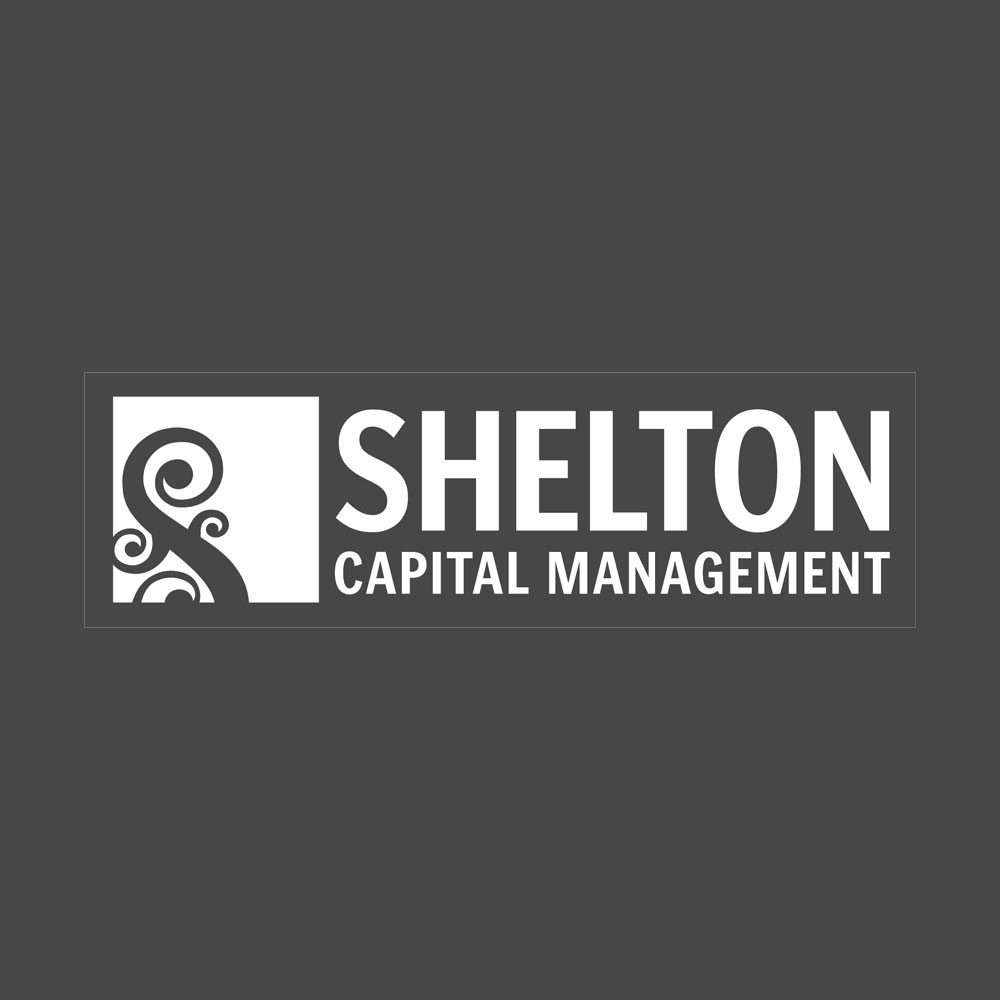Did Congress Just Do Something to Help Americans Save for Retirement?

Quick Answer: Yes. SECURE 2.0 is a Surprisingly Welcome Development
While no one is likely to confuse the recently-enacted CONSOLIDATED APPROPRIATIONS ACT with brilliant legislation, tucked inside the $1.7 trillion bill’s 4,100 pages is at least one crafty piece of work…the SECURE 2.0 Act of 2022. As one of the few pieces of lawmaking in which Republicans and Democrats found common ground, SECURE 2.0 will not only make it easier for Americans to accumulate retirement savings but make it less costly to withdraw them as well. Both are welcome developments.
The long-awaited bill, which builds on the too-cleverly-named Setting Every Community Up for Retirement Enhancement Act of 2019, was designed to substantially improve retirement savings options -- including 401(k)s and 403(b)s — in the U.S. included in the package are new rules around saving for retirement, withdrawing money from retirement plans, and dealing with financial emergencies.
Taken together, the massive bill’s 92 provisions are intended to make it more attractive for employers to offer retirement plans and improve retirement outcomes for employees. While Dec. 29, 2022 serves as the date of enactment for several provisions, most notably the increase in age for RMDs, the vast majority of SECURE 2.0’s new rules begin in 2023, 2024, or even later.
A Number of Positive Changes
It’s reasonable to think SECURE 2.0 will affect virtually every American’s tax-advantaged investing account, and most likely in a positive way. Here are just a handful of the bill’s specific provisions we think are representative of its good work:
Effective in 2023: New Required Minimum Distribution (RMD) Rules
The original SECURE Act raised the age for RMD from 70 ½ to 72, and SECURE 2.0 pushes the number even higher, to 73 starting in 2023 and 75 a decade later. The provisions also reduce the penalty for failure to take RMDs from 50% to 25%.
Effective in 2024: Expanded Access to Retirement Funds
SECURE 2.0 provides for a penalty-free withdrawal of up to $1,000 a year for emergency expenses and lets victims of a qualified, federally declared disaster withdraw up to $22,000 from their retirement account without penalty. The bill also allows employees to set up a Roth emergency savings account with up to $2,500 per participant.
Effective in 2024: Employer contributions for student loan payments
In what will likely be one of the bill’s more popular provisions, Secure 2.0 will allow employers to match a worker’s student loan payment by making an equivalent contribution to that worker’s retirement savings plan. Under the rule, employees can earn matching contributions by making eligible student loan payments instead of contributions to the company’s retirement plan.
Effective in 2025: Automatic Retirement Plan Enrollment
After December 31, 2024, employers will be required to automatically enroll employees in new 401(k) or 403(b) plans at a rate of at least 3% but not more than 10%. Existing 401(k) plans are not required to auto-enroll employees. Businesses with 10 or fewer workers and new companies in business for less than three years are excluded from the mandate.
Effective in 2025: Changes to Catch-Up Contribution Limits
SECURE 2.0 increases the limits on so-called catch-up contributions for 401(k), 403(b), and 457 plan participants aged 60, 61, 62, and 63, jumping from $6,500 to $10,000 or 50% more than the regular catch-up amount in 2025, whichever is greater. In addition, the catch-up contribution limit for individual retirement accounts will be indexed to inflation.
Bottom Line
While SECURE 2.0 delivers a substantial list of changes for advisors, plan sponsors, and regulators to question and consider, it’s easy enough to imagine how the new rules will benefit the plans of most Americans. And while the Act whistles past Social Security -- still the most important source of retirement income for most Americans -- the popularity of this Congressional effort is encouraging. If nothing else, it tells us that lawmakers of all stripes have come to recognize that Americans need more help when it comes to retirement. And that’s most definitely a welcome development.
Important Information
Investors should consider a fund’s investment objectives, risks, charges, and expenses carefully before investing. The prospectus contains this and other information about the fund. To obtain a prospectus, visit www.sheltoncap.com or call (800) 955-9988. A prospectus should be read carefully before investing.
INVESTMENTS ARE NOT FDIC INSURED OR BANK GUARANTEED AND MAY LOSE VALUE.
The views and opinions expressed herein are the views and opinions of the author and do not necessarily reflect those of Nasdaq, Inc.
